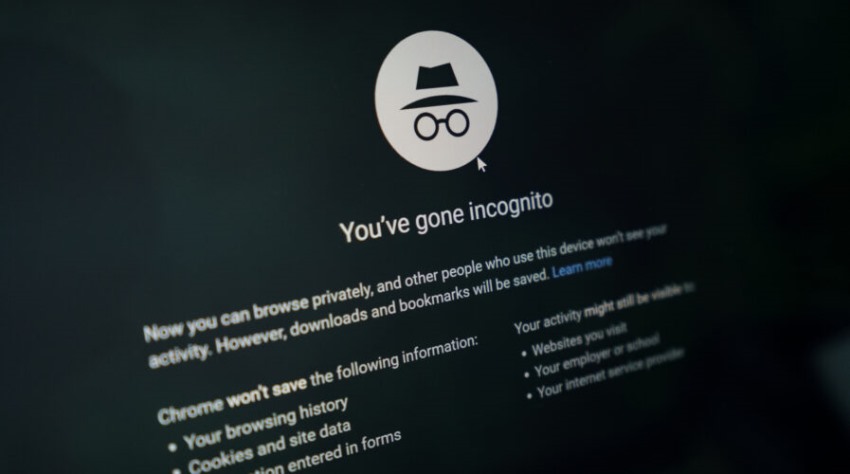In an era dominated by digital footprints and data trails, internet users are increasingly concerned about their online privacy. As a response to this growing apprehension, web browsers have introduced a feature known as "private browsing" or "incognito mode." This mode promises to provide a secure and private online experience, but is it truly as confidential as it seems?

Private browsing is a feature incorporated into most modern web browsers, including Google Chrome, Mozilla Firefox, Safari, and Microsoft Edge. Its primary purpose is to allow users to surf the internet without leaving a trace of their online activities on the device they are using.
When activated, private browsing mode typically suspends the storage of browsing history, cookies, and other cached data.
One of the fundamental aspects of private browsing is its ability to prevent the recording of your browsing history. In a standard browsing session, every website you visit is logged in a history file. Private browsing suspends this feature, ensuring that no record of visited sites is stored locally.
Cookies, small pieces of data stored by websites on your device, are often used to track user activity. In private browsing mode, these cookies are either not stored or are deleted when you close the incognito window.
Cached data, which includes images and files saved locally to improve website loading times, is also eliminated after the session ends.
Private browsing typically doesn't remember passwords or form data. This means you'll need to re-enter login credentials and other information for each session. While this can enhance privacy, it also requires users to be more vigilant about their sensitive data.
Some browsers include additional features, such as tracking protection, which blocks third-party trackers that monitor your online behavior. This helps in maintaining a higher level of privacy during private browsing sessions.
While private browsing or incognito mode offers a degree of privacy, it's important to understand its limitations. The term "private" might give users a false sense of security, as there are still ways in which online activities can be traced.
Private browsing is primarily designed to enhance local device privacy. It prevents the browser from storing data locally, but it does not conceal your online activities from your internet service provider (ISP), network administrators, or the websites you visit.
Your ISP can still see the domains you access, and websites can track your IP address and other non-cookie identifiers.
If you're using a device provided by your employer or school, the network administrators may still have the capability to monitor your online activities, regardless of whether you are in private browsing mode. It's essential to be aware of the policies in place in such environments.
Private browsing does not make you immune to security risks such as malware, phishing attacks, or malicious downloads. While it may prevent certain types of tracking, it does not provide comprehensive protection against online threats.
If you are logged into online services or platforms during a private browsing session, your activities on those platforms can still be recorded. Social media platforms, for example, may track your interactions even if you are in incognito mode.
There are a lot of things private browsing doesn’t cover such as:
In other words, private mode only hides your browsing activity from other people who might use the device after you.
Use of VPNs:
Virtual private networks (VPNs) like TrustZone can mask your IP address, encrypt your internet connection, and provide an additional layer of privacy. They are especially useful when accessing the internet on public Wi-Fi networks.
Adopting Secure Practices
Being mindful of the websites you visit, avoiding suspicious links, and regularly updating your browser and security software can significantly enhance your online security.
Customizing Browser Settings
Explore the privacy and security settings in your browser to customize your level of privacy. This might include adjusting cookie preferences, disabling unnecessary extensions, and enabling features like "Do Not Track"
In conclusion, private browsing is a valuable tool for users seeking a temporary, local level of privacy. It serves to protect personal information from being stored on the device being used, but it does not provide complete anonymity or protection from external tracking.
Users should be aware of the limitations and take additional measures, such as using VPNs and adopting secure online practices, to enhance their overall online privacy and security. Ultimately, while private browsing is a step in the right direction, it is just one component of a broader strategy for safeguarding your digital presence.